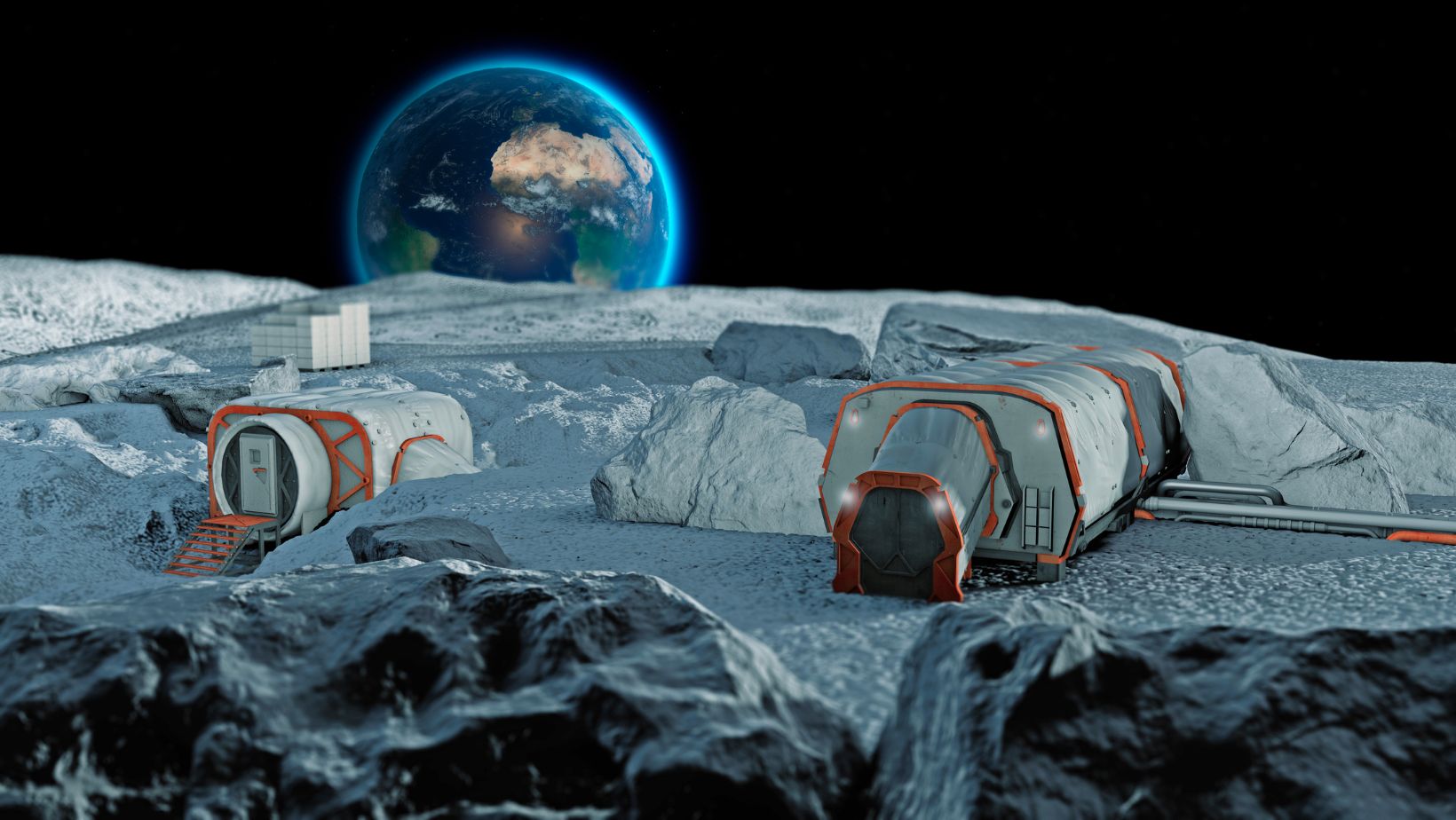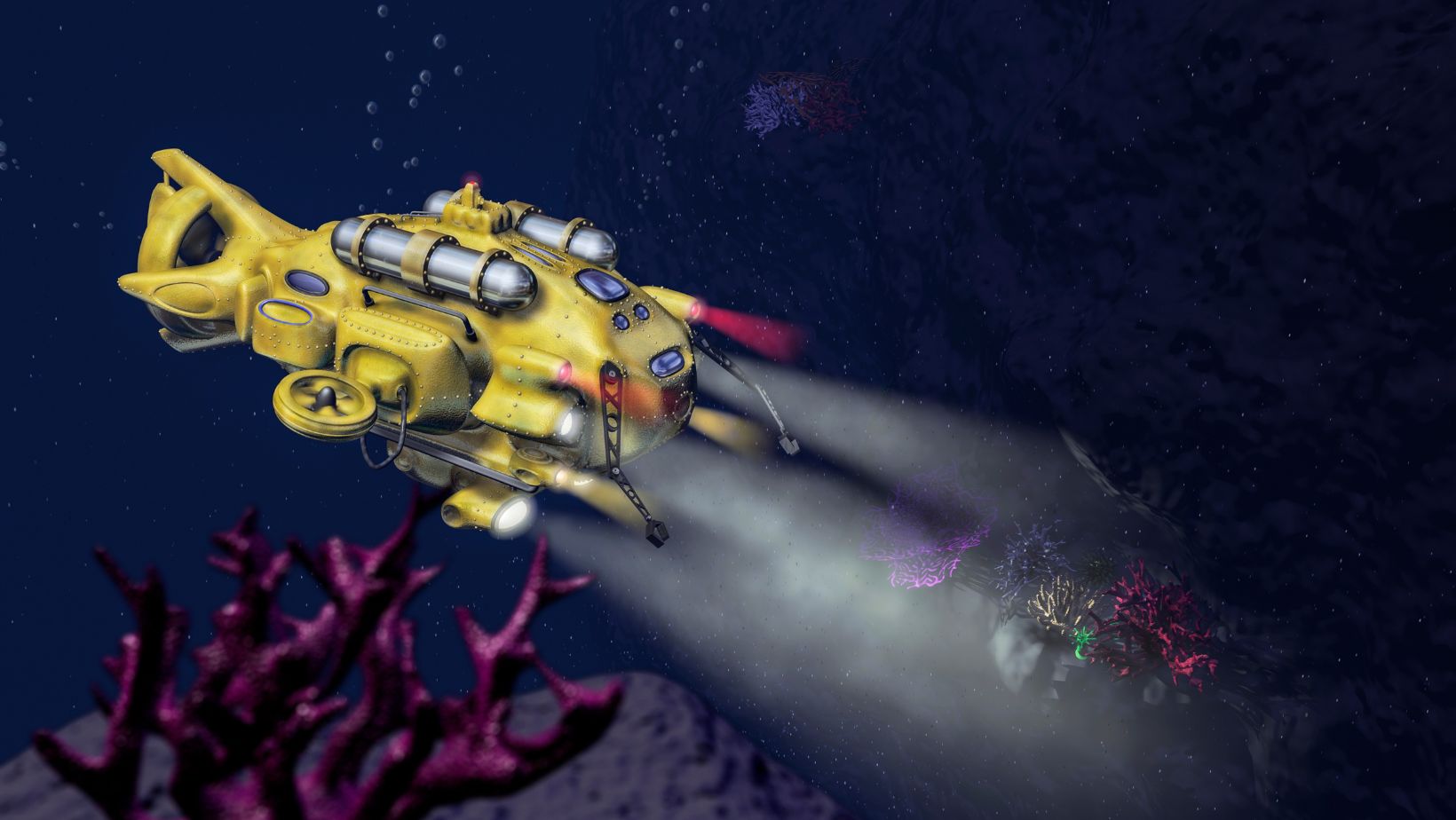Materials that resist heat are very important for many tough uses, like missions to space far away, exploring deep in the ocean, and industrial work with high temperatures. These materials need to endure very hard conditions but still keep their shape and function well. This article talks about how to check performance and strength of heat-resistant materials in tough places.
Deep Space Missions
In deep space, materials have many special difficulties. There are very big changes in temperature, strong radiation, and no air at all. For example, parts of spacecraft and satellites must handle temperatures that go from -150°C to more than 120 °C. How hot or cold they get depends on where they are close to the sun. Heat-resistant materials such as titanium alloys, ceramics, and composites are essential in these applications.
To check how well they work, materials go through serious tests that make them feel like being in space. In thermal cycling tests, the materials are heated and cooled again and again to see if they can handle very hot and cold temperatures without breaking or getting weaker. Radiation tests put materials under high levels of gamma rays and other kinds. Sm of radiation to check if they stay strong and work well after long exposure. Also, vacuum tests make sure that materials do not release gasses or break down when there is no air pressure.
Deep-Sea Exploration
The deep-sea place has its own problems, like big pressures, cold temperatures, and salty water that can damage things. Materials that do not get damaged by heat are needed for making submersibles, underwater robots (drones), and machines used to drill in the deep sea. These materials must stay strong against these tough conditions but still work well.
Materials like steel, nickel alloys, and modern polymers are often used for deep-sea purposes. To check how well they work, these materials undergo hydrostatic pressure tests that mimic the very high pressures found in deep ocean levels. Tests for corrosion resistance, where materials are exposed to seawater and other harsh environments for a long time, make sure they can resist chemical breakdown. Tests for mechanical stress check if the material can handle physical challenges during underwater tasks.
High-Temperature Industrial Processes
Industrial processes with high temperatures, such as making steel, generating power, and chemical production, need special materials that can endure very hot conditions for a long time without losing their effectiveness. Such settings often see temperatures going above 1000°C. This means using heat-resistant materials such as refractory metals, ceramics, and alloys made to handle high temperatures becomes very important.
In factories and places where processes with high heat happen often, a fire blanket is very important for safety. These blankets, made from materials that resist heat, can put out small fires fast. They stop the fire from growing bigger and causing a lot of harm. Their presence not only guards machinery and buildings but also keeps the workers safe in these dangerous settings. Fire blankets go through strict testing to make sure they can handle extreme heat and put out fires well, showing how useful heat-proof materials are for keeping industrial places safe.
Comparative Analysis and Material Selection
When choosing materials for very tough environments, engineers and scientists compare different heat-resistant options. They look at things like how well the material conducts heat, changes size with temperature, stays strong under stress, and can handle sudden changes in temperature without breaking. Thermal conductivity tells how well a material can move heat, which is very important in jobs needing good heat spreading. Thermal expansion checks how much material gets bigger or smaller when the temperature changes, which matters for keeping things strong and safe.
Mechanical strength and resistance to thermal shock are very important too. Materials need to keep their durability in extreme situations and avoid cracking or breaking when there is a sudden change in temperature. For example, ceramic composites used in space shuttle tiles must survive the fast heating and cooling when coming back to Earth without falling apart.
Innovations and Future Directions
Progress in materials science keeps enhancing the capabilities of heat-resistant substances. Scientists are creating new alloys, ceramics, and composites with improved features designed for particular harsh conditions. For example, ultra-high-temperature ceramics (UHTCs) are studied for use in hypersonic flight situations, where heat levels can go above 2000°C. These materials have very good thermal stability and resist oxidation and quick temperature changes.
Nanotechnology has an important part in making materials that resist heat better. Adding very tiny particles can make normal materials work much better when conditions are very tough. Also, 3D printing technology makes it possible to create complicated and heat-resistant parts with designs that were not possible before using normal manufacturing ways.
Conclusion
Checking how well heat-resistant materials perform in very tough conditions is very important for making sure many applications work safely and successfully. This includes things like space missions, underwater exploration, and high-heat industrial jobs. By doing lots of tests and comparing results closely, scientists and engineers can make sure these materials are strong enough to handle the hard situations they will face. Current innovations in materials science and technology give hope for even better heat-resistant materials, opening doors for new progress in these difficult areas.


















